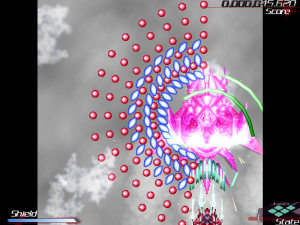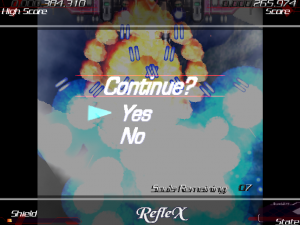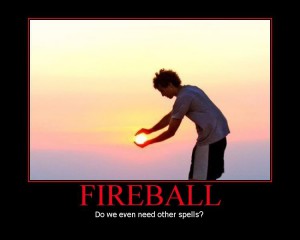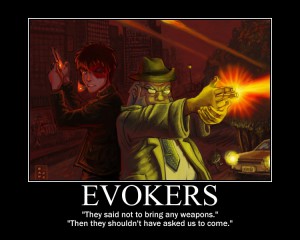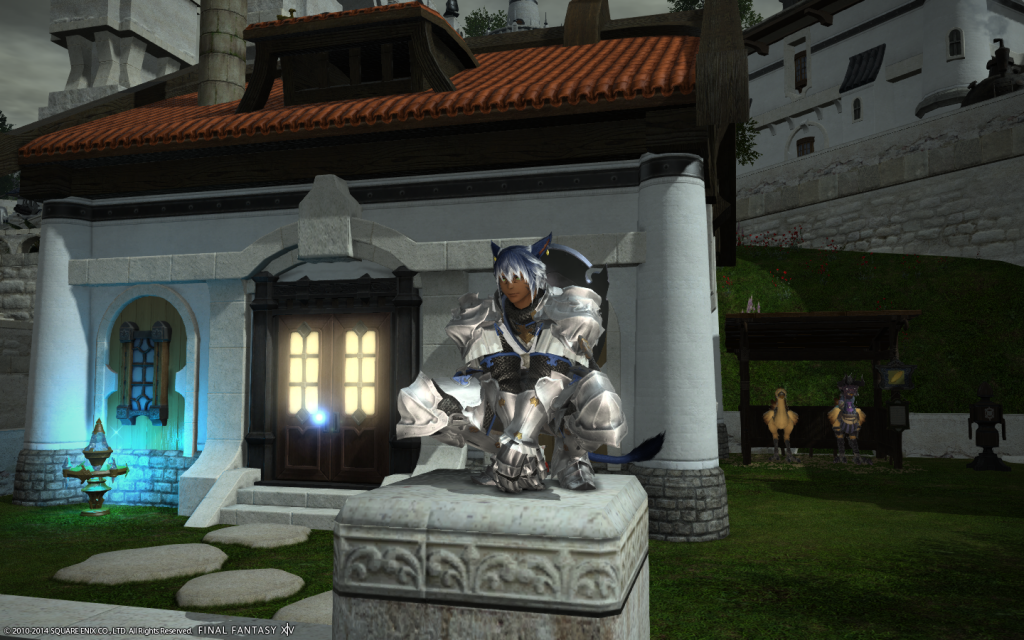Sometimes a game will release where users and reviewers disagree on how good it is. There are usually a few reasons for this whenever it happens. Recent games with server problems (Sim City, Battlefield 4) have resulted in the user scores getting review-bombed. Cult classics sometimes review poorly but are well-liked by players later (like Nier or God Hand). And then they’re this. Sacred 3 Released (in the US) last Tuesday, and there was much wailing and gnashing of teeth. According to reviewers it’s somewhat mediocre (a few really liked it), but according to players it’s the worst thing since The War Z.
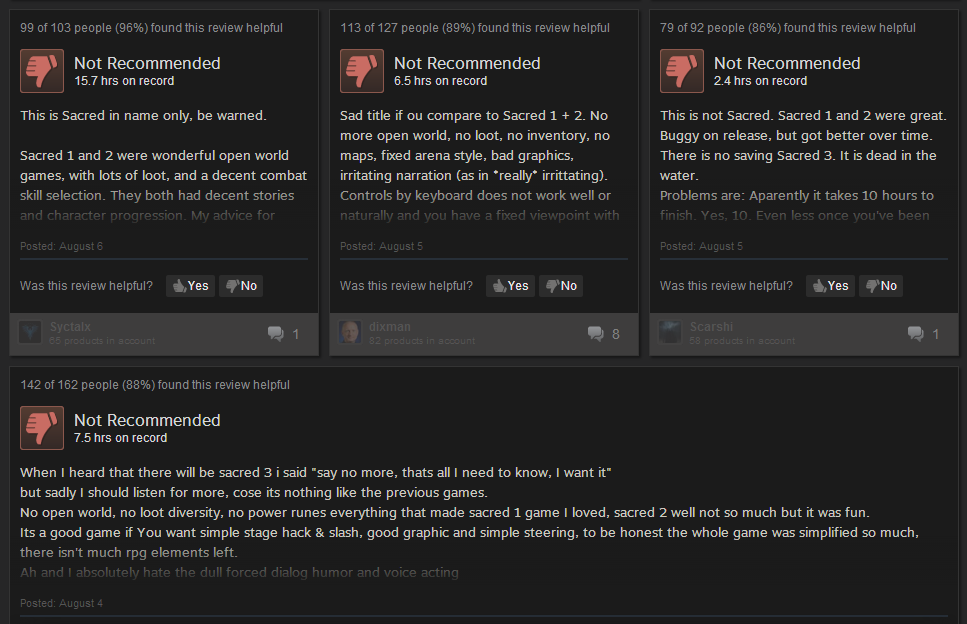
Bait And Switch
It’s absolutely worth mentioning that the game is a giant bait and switch, being named as the third game in the series but playing nothing like the previous games. Sacred (and Sacred 2) are dungeon crawlers reminiscent of Diablo, with randomized loot and an “open” world and everything else that goes with the genre. Sacred 3 is not like this. Instead, it’s similar to Gauntlet, but with some additional features. This means that you only have access to two abilities at a time, there is no random loot, and the levels are fairly linear with hidden secrets. Personally, I like 3 (so far) more than I liked 2, but this is clearly an uncommon opinion.

Two Steps Forward
That’s not to say there’s no character development whatsoever. Characters gain levels and can unlock additional skills or skill variations to buy. Weapon Spirits are (so far) unlocked via the storyline and provide some additional benefit and drawback to your character, that is the same across all character options. The first one you find (The Battlemage) decreases your energy earned but gives your hits a chance to generate chain lightning. Different primary weapons can change the effects of your normal attack, and all of these can be upgraded with gold and experience.
One Step Back
However, the writing is Bad. There was a constant attempt to be funny, and it doesn’t really work (maybe because I’m not 12 anymore). The dialogue is particularly bad from the main villain, and his voice acting is even worse. Your constant NPC help has a better voice actor, but still terrible (and frequently, annoying) lines. This is my largest complaint about the game by far, and I might see if I like it more by turning off the voice entirely.
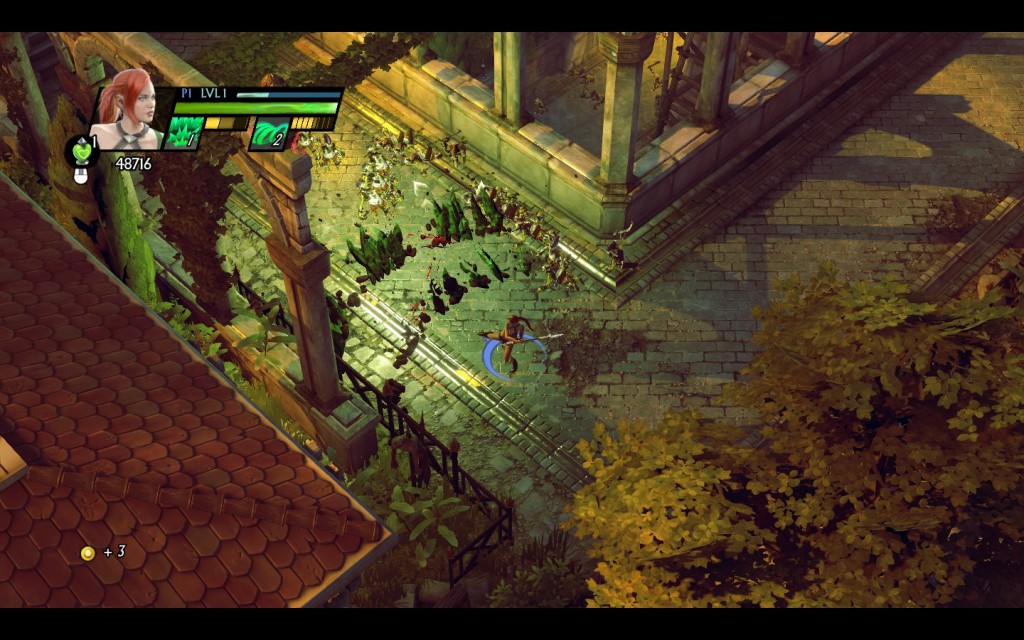
I’m only a few hours in (most of which is trying the characters to see which one I liked best), so perhaps my opinion about the game will change, but as of right now I’d call it a good, but not great game. I’d recommend it if you like fighting lots of enemies, looking for secrets, and co-op (which I’m hoping to talk some people into soon).
For more posts about… everything, check out the Blaugust Initiative. For something I can relate to, see Simcha’s day 10 post. With this post I’m a third of the way through, with 20 posts to go.


